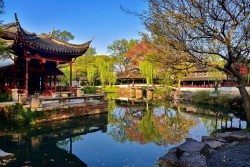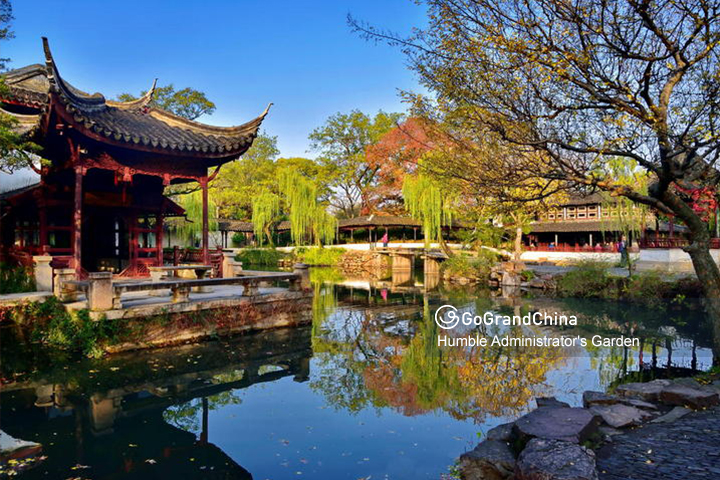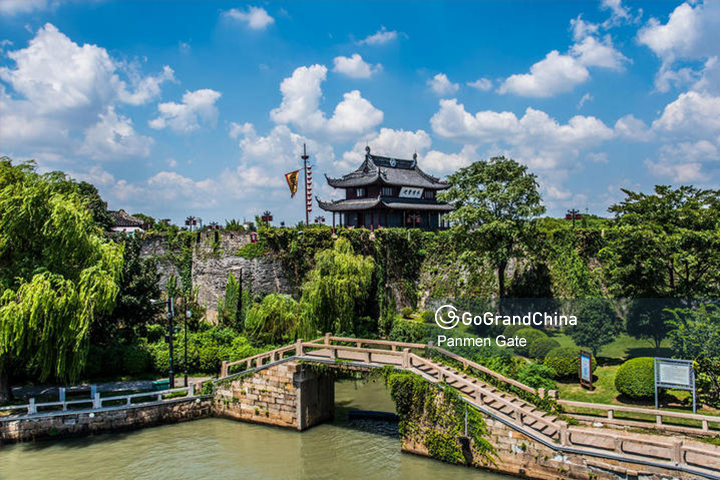You have no items in your shopping cart.


Introducing UNESCO World Heritage Sites in Suzhou
Suzhou & its surrounding areas have a total of 16 cultural and natural places inscribed on the UNESCO World Heritage List as of 2020. Nine Suzhou Gardens were added to the World Heritage Sites in the name of Classical Gardens of Suzhou in 1997. Four sections of the Grand Canal and 7 attractions in Suzhou were inscribed on the UNESCO World Heritage List as part of the Grand Canal in 2016. If you happen to be in Suzhou or anywhere else in Jiangsu Province or near Shanghai, be sure to drop by these amazing UNESCO World Heritage Sites in Suzhou. Each of Suzhou's UNESCO World Heritage Site has a tale to tell. Book GoGrandChina tour packages to learn the tales of Suzhou's UNESCO World Heritage Sites at the most affordable prices.
Classical Gardens of Suzhou
The classical gardens of Suzhou date back to the 6th century BCE when the city was founded as the capital of the Wu Kingdom. Inspired by these royal hunting gardens built by the King of the State of Wu, private gardens began emerging around the 4th century and finally reached the climax in the 18th century. Today, more than 50 of these gardens are still in existence, nine of which, namely the Humble Administrator’s Garden, Lingering Garden, Net Master’s Garden, the Mountain Villa with Embracing Beauty, the Canglang Pavilion, the Lion Grove Garden, the Garden of Cultivation, the Couple’s Garden Retreat, and the Retreat & Reflection Garden, are regarded as the finest embodiments of Chinese “Mountain and Water” gardens. Get more about the Humble Administrator's Garden.

The Grand Canal
The Grand Canal is a vast waterway system in the north-eastern and central-eastern plains of China, running from Beijing in the north to Hangzhou in the south. Constructed in sections from the 5th century BC onwards, it was conceived as a unified means of communication for the Empire for the first time in the 7th century AD (Sui dynasty). This led to a series of gigantic construction sites, creating the world’s largest and most extensive civil engineering project prior to the Industrial Revolution. It formed the backbone of the Empire’s inland communication system, transporting grain and strategic raw materials, and supplying rice to feed the population. By the 13th century it consisted of more than 2,000 km of artificial waterways, linking five of China’s main river basins. It has played an important role in ensuring the country’s economic prosperity and stability and is still in use today as a major means of communication. Get more about Zhaoling Tomb. Get more about Panmen Scenic Area.
